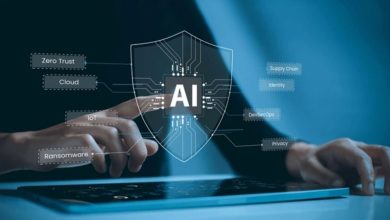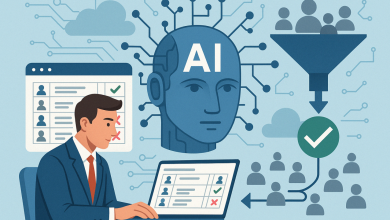A Turning Point for Critical Infrastructure Resilience – Cybersecurity Predictions 2025 from Illumio

By Trevor Dearing, Director of Critical Infrastructure, Illumio
Critical national infrastructure (CNI), the systems and services that keep our modern lives running, is under greater threat than ever. The convergence of IT and operational technology (OT), rising geopolitical tensions, and outdated strategies that rely too heavily on prevention are creating the ideal conditions for a major cyberattack.
Critical infrastructure security practices urgently need modernisation. In 2025, we will see organisations move away from outdated OT security methods to address the evolving landscape of cyber threats. This transformation will involve the integration of advanced security measures that enhance resilience and adaptability in the face of increasing vulnerabilities.
A major cyberattack is coming
The world continues to hang by a thread when it comes to combatting cyberattacks. However, next year we will reach breaking point, and the consequences will be severe.
Likely driven by a state actor, I expect we’ll see a major attack on CNI like energy that will cripple essential services and halt basic operations for days. The impact could lead to unprecedented public disruptions such as power outages and massive hospital evacuations, forcing a much-needed rethink by government and industry in cyber resilience and how we protect and operate essential services.
Such an event could catalyse the development of new frameworks, akin to Europe’s Digital Operational Resilience Act (DORA), but tailored for the energy sector. This “DORA for Energy” might champion a secure-by-design model that prioritises both operational continuity and cyber resilience.
Zero Trust becomes essential for IT and OT convergence
As operational technology (OT) systems increasingly become smarter and more connected, we’ll see a rapid shift in the security strategies and technologies that organisations deploy. OT environments will begin to look a lot more like IT environments and traditional security architectures, such as the Purdue Enterprise Reference Architecture, will become obsolete in favour of modern approaches like Zero Trust that promise greater gains in operational and cyber resilience.
Zero Trust, by enforcing strict access controls and continuously validating every connection, enhances resilience in converged IT-OT environments. To safeguard these hybrid systems, organisations must adapt their security strategies to embrace this model, or they risk exposing critical infrastructure to evolving and more sophisticated threats.
Containment will overtake prevention as cybersecurity strategy of choice
The focus in 2025 will finally shift from preventing attacks to mitigating their impact. Organisations are spending increasing time, money and resources on prevention and detection technologies like EDR and are still getting breached, so the focus will move toward a breach containment strategy that emphasises resilience and continuity.
Organisations will begin rigorously assessing minimum viable operations to maintain essential services, mapping out detailed rebuild protocols, and establishing recovery measures to minimise downtime. This will not only protect critical services but also reduce the fallout of any single attack, shifting the security dialogue towards “how fast can we recover” rather than “how do we prevent this?
The key to resilience lies in smarter, more proactive strategies like Zero Trust Segmentation (ZTS). By dividing an organisation into defined zones or segments, ZTS ensures that no one can move freely between zones without verified need. This segmentation helps security teams quickly pinpoint high-risk areas and contain threats, such as ransomware attacks, before they spiral out of control.
In five minutes, a typical ransomware attack can compromise 20,000 servers—it’s a nightmare. ZTS works because it blocks the pathways ransomware uses to spread from one machine to another right from the start.
The way forward
The risks are clear, but so is the path forward. Collaboration between governments, industry leaders, and cybersecurity experts is essential. Together, we must:
- Adopt secure-by-design frameworks for critical infrastructure.
- Accelerate the transition to Zero Trust and modernised security architectures.
- Prioritise containment and recovery planning over an outdated prevention-first mindset.
2025 won’t just be a wake-up call; it’ll be the year we start turning things around. The lessons we’ll learn from the challenges ahead will push us to create stronger, more adaptable systems, ones that can protect the essential services we all rely on. Let’s make it the year resilience takes centre stage.




